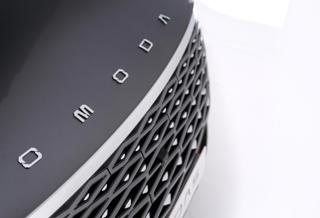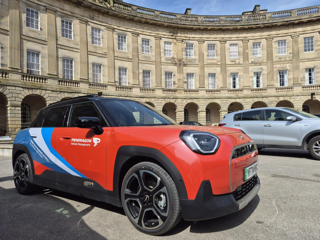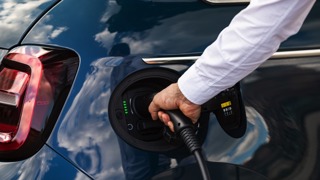Zenith is predicting that 2013 will be another strong year for salary sacrifice car schemes, having seen its salary sacrifice fleet grow by 70% last year.
Ian Hughes, commercial director at Zenith, said: “We have invested significantly in our salary sacrifice team and infrastructure in 2012, with further developments to our driver websites, reporting and analysis tools.
“We see this as a significant area for organic growth within our business and it will remain as a key priority for the future.”
Zenith is also predicting that average CO2 emissions on salary sacrifice fleets will continue to fall - to around 100g/km – and take-up of alternative fuel technologies, including hybrid and electric, will increase.
Average CO2 emissions for vehicles ordered fell by 9g/km in 2012, from 117g/km in January 2012 to 108g/km by December 2012.
Zenith expects this trend to continue due to Benefit-in-Kind tax incentives for low CO2 emission cars and an increasingly wide range of low emitting vehicles available.
Number of petrol vehicles increases
Diesels are by far the most popular type of vehicle as many of the low emission diesel vehicles attract the greatest savings through salary sacrifice.
However, its share has fallen from 80% on 2011 to 73% last year.
The proportion of petrol vehicles increased from 16% to 22% in 2012.
Advancements continue to be made to petrol engines to reduce emissions and this - along with the ability to reduce diesel emissions moving towards saturation and diesel fuel remaining more expensive than petrol - is likely to further increase the popularity of petrol engines, according to Zenith.
Hybrid uptake increased slightly last year and Zenith saw its first electric salary sacrifice cars ordered.
Overall, since 2011 the proportion of alternative fuel type vehicles ordered has increased from 3% to 4%.
As Benefit-in-Kind tax bands continue to shift over the next few years, with tax increasing for low emission vehicles and the CO2 levels that attract the lowest rates decreasing, Zenith predicts that more drivers are likely to be drawn to the lowest emitting vehicles, including alternative fuels such as hybrids and electric powered cars.
Manufacturer trends
The most popular manufacturers in 2012 were BMW, Audi, Volkswagen, Ford and Citroën, with the preferred models ordered being the BMW 1 Series, Ford Fiesta, Audi A3, Audi A1 and BMW 3 Series.
Vehicles which became significantly more popular in 2012, following the release of new model ranges, included the Honda Civic, which moved into the top 10 models ordered for the first time and the Kia Picanto, which moved from the 37th most popular vehicle ordered in 2011 to the 13th in 2012.
The most popular car segment groups in 2012 were superminis and medium-sized cars, with hatch and saloon being the preferred body types.
The Citroën DS3 and Mini continue to appeal to salary sacrifice drivers and new compact city cars such as the Volkswagen Up have become popular.




















Login to comment
Comments
No comments have been made yet.